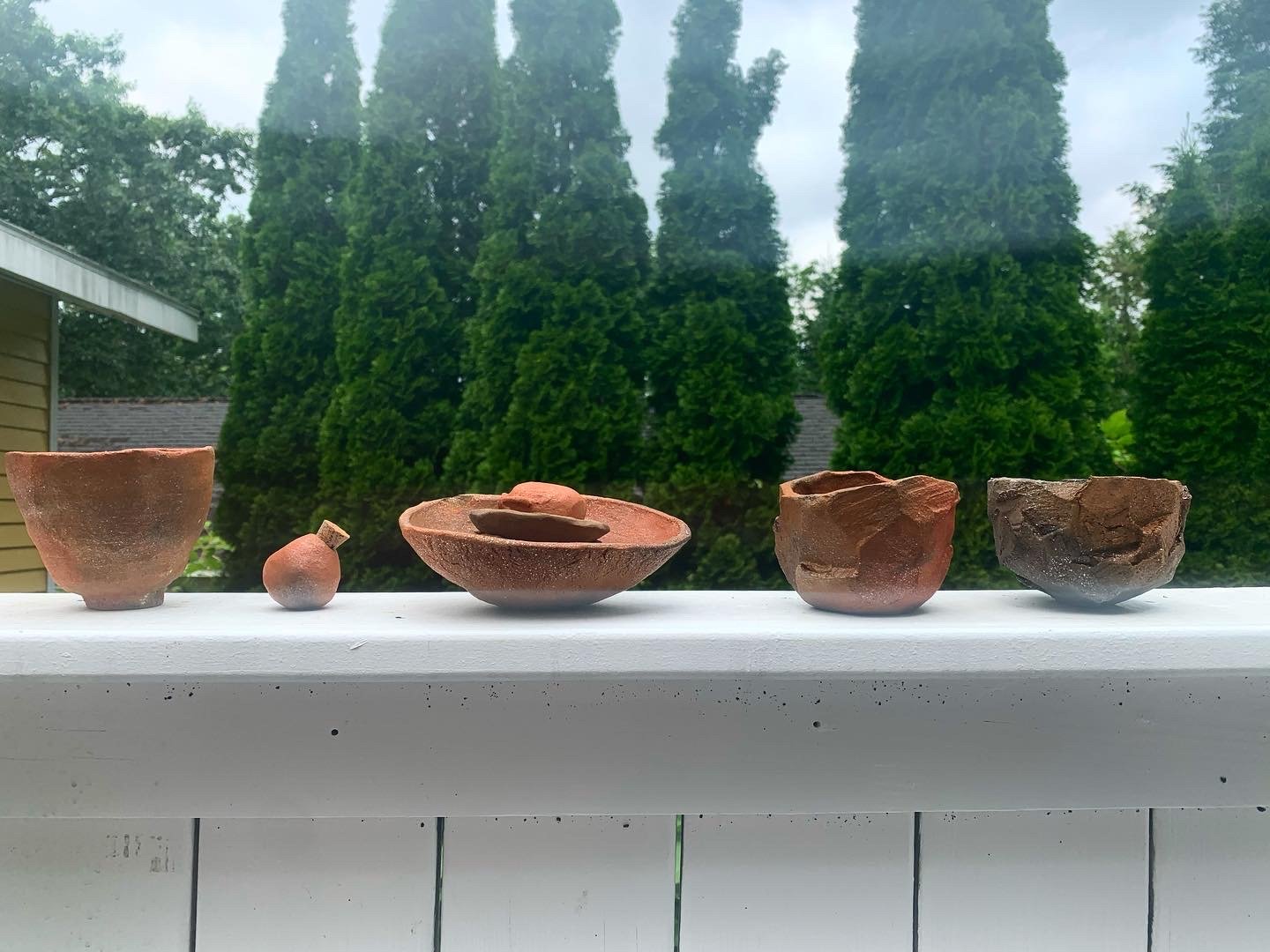(above) Fishbone Beard Lichen under microscope from Georgetown, Maine 2024
Usnea filipendula or fishbone beard lichen is a bio indicator of air quality, only growing in areas of extremely low pollution. Under the microscope you can really see the fishbone pattern, the images evoking ghostly skeletons. I only remember ever seeing it twice, both times in remote and rural areas of coastal Maine. In these types of forests I can feel a shift walking through these environments. It reminds me of the forest in Princess Mononoke 1997; an animated movie about the sanctity of nature and the spirits that live there who are under threat as humans and industry move in. When I walk in a forest draped in tree lichens, I feel like I am in the presence of these spirits. The lichen denotes the sacred space I walk.
As I was exploring the Seguinland area of coastal Maine this week, I came upon a stretch of forest with fishbone beard lichen draping over the branches of spotted hawthorne. I remember during a hike on Swans Island near Mount Desert Island I saw the same yellow-green tinsel on spruce trees for the first time. I sent my friend pictures who knew more about plants than I did asking if this lichen could be old man’s beard? They too, unfamiliar with this area had never seen usnea or beard lichen in the east.
Beard lichens only grow where the air is purest, making it a bio indicator for low pollution levels in the forests it makes its home. Here in Maine fishbone beard grows to about 4-5 inches. A 4 inch sample of fishbone lichen is estimated to be around 200 years old. Usnea filipendula is said to grow as slow as 1mm per decade, often outliving the trees it grows on. The lichen does not injure the tree, but often chooses dying trees to use the tall bare sun reaching branches to help facilitate the process of photosynthesis.
I believe that when we are in the presence of this particular lichen we are in a venerated space designated by the absence of our sins (pollution). The immaculate conditions signaled by the growth of this rare and beautiful indicator should remind us to tread lightly, there and everywhere else we go so that we may begin to see more of these sacred spaces.
Swans Island July 2023
Stills from Princess Mononoke 1997 in the heart of the forest, a sacred area off limits to protect its sanctity covered in moss, silent soft light, and insects indicating the purity of this place.
































































































